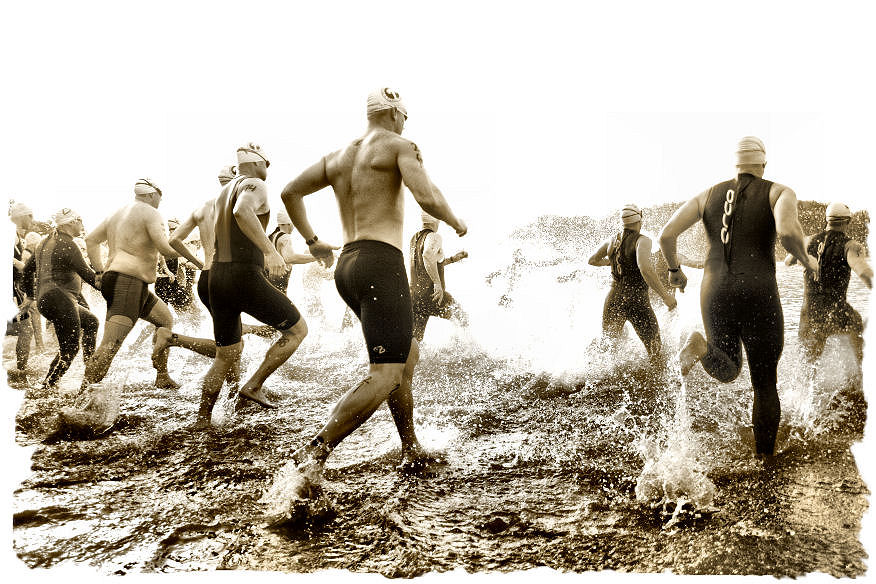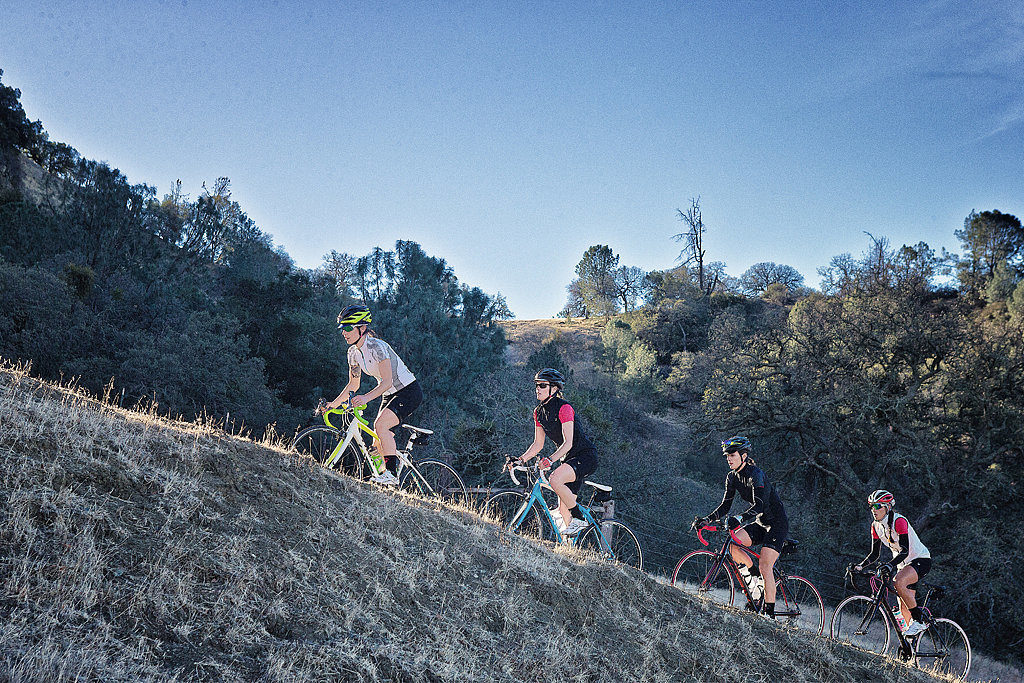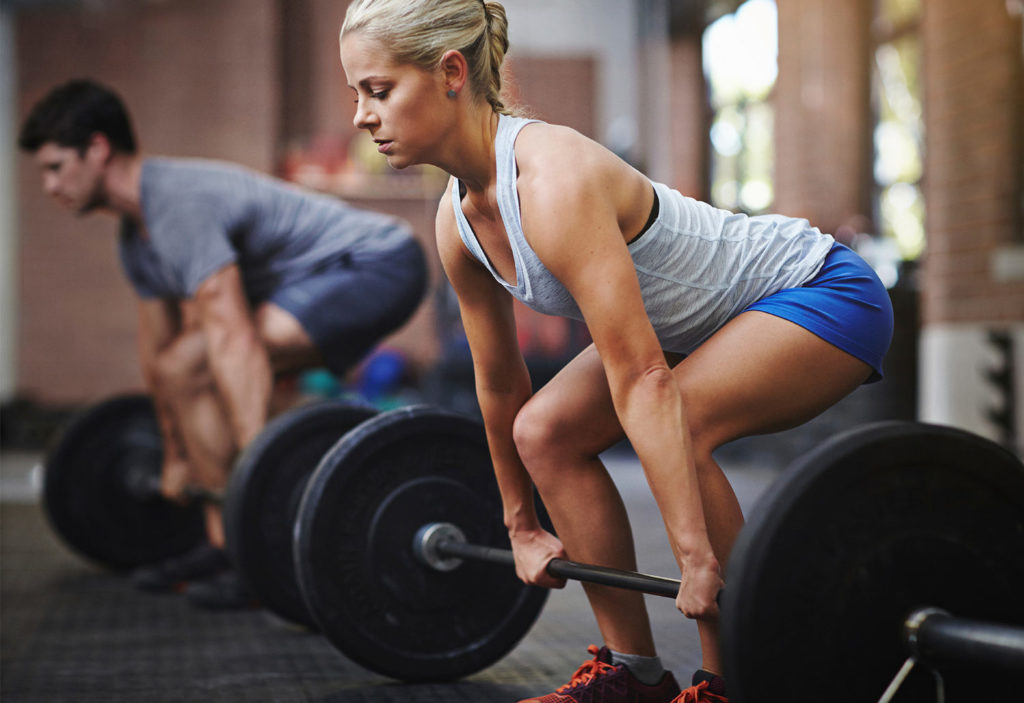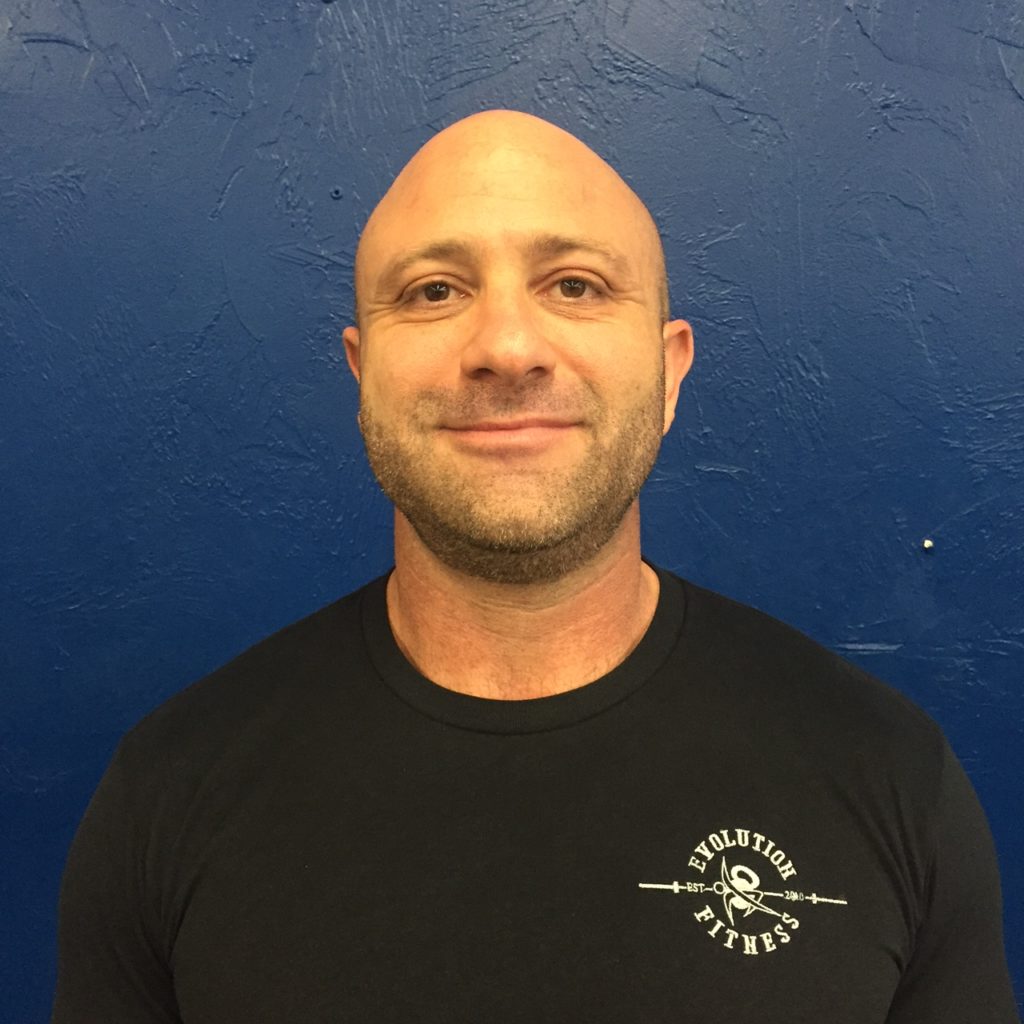Written by Danny Sawaya, StrongFirst Team Leader and NSCA CSCS

As a strength coach, I can’t tell you how many times I see strength programs that are anything but strength related. There is a tendency to believe that if you have weights in your hands and are in a gym, then you are involved in a strength program. If an athlete is going to take the time to improve their strength, they want to see results. It is important that strength training results in improved strength rather than just participating in random acts of exercise. It is important to define a few terms of what strength is before moving on.
Strength: The maximal force that a muscle can generate at a specific velocity. Either you can push down on the pedal going up that big hill or you can’t.
Power: Work/Time, or the rate of doing work. Driving down on that pedal powerfully numerous times while moving up that hill = a faster uphill ride. On the other hand, moving so slowly that you feel like you’re going to fall over while pedaling up that hill because you lack power = a long day.
Below are four concepts to improve the quality and outcome of your training.
Train Less Reps on Lower Body Exercises
This sounds counter-intuitive to some people. Strength training for endurance sports should train the muscles to be more endurance based, right? No. Strength training is at the opposite end of the spectrum of endurance training. As an endurance athlete, you shouldn’t feel the need to turn your strength training sessions into more endurance training. The purpose of strength training is to be able to develop more force and power. The actual training on your bike and runs and all of the intervals you do in your sport should take care of making your legs feel like they are about to fall off at different times in your training cycle. That is not the purpose of lifting weights unless you want to be a bodybuilder.
I have researched this topic extensively and reviewed numerous strength training articles and resources for endurance athletes. Puzzlingly, many of these programs prescribe training regimens that are very similar in nature to bodybuilding, which is a sport that focuses completely on increased muscular size and development. If you look at most bodybuilding magazines, many of the programs call for 12-15 repetitions and 3-4 sets. When it becomes easy, it is time to increase the weight for the next set or next time you lift. This type of volume will put the stress on the muscle to grow structurally in size. Though I believe this is fine to develop muscle, it usually is not the goal of many endurance athletes, yet many programs recommend this. I will contradict myself and say slightly higher rep schemes are recommended for upper body work, especially back work and the pulling exercises as it does help posture and won’t cause the fatigue in the lower extremities.

Training for strength and power has more to do with training the nervous system to signal the muscle to contract explosively. This is best accomplished by training with moderate to heavier loads and lower repetitions focusing on accelerating through the lifts rather than grinding through high repetitions. This is especially important for in-season strength training. Going to the gym to hit numerous sets of 15-20 reps of squats, leg presses, and/or lunges doesn’t add to your longevity in the sport, it just creates more wear and tear on your joints and added stress to the system. Training high reps with lighter weights won’t improve your ability to create force and power. When smashing your pedals, you need improved power and force.
Rather than doing 3 sets of 12-20 reps with lighter weight, try doing 6 sets of 3-5 sets of 5 repetitions with heavier weight focusing on moving the weight fast and explosively. You can add weight the next session if your last set was close to as explosive as your first few sets. You’ll be amazed how you feel and your run or ride performances won’t suffer. Though many people don’t know their true one rep max, finding a weight you can do maximally for 10-12 reps and focusing on doing sets of 3-5 reps is a decent starting point. Interested in the best strength movements for triathletes, read more here.
Take More Time Between Sets
When strength training is done with the appropriate weight, sets, and reps, you are utilizing your Creatine Phosphate (CP) energy system. CP is used up very quickly, but depending on the amount of weight and volume lifted, it could take anywhere between one to three minutes to fully regenerate. It’s easy to know when you are fatigued during high-rep training because you get the feedback of burning muscles from lactic acid which is a byproduct of sugar being metabolized. When CP is being utilized there is no burning muscles or heavy breathing to offer feedback. Usually the muscle just fails to lift when it is depleted. When strength training with moderate to heavier weights, it’s recommended to rest 60-90 seconds between sets. When the weight increases significantly (above 85-90% of one rep max), 2+ minutes may be needed depending on the athlete. This is usually a tough pill to swallow for athletes that are used to killing it each training session with sweat and soreness. It is crucial to stick to the goal of each training session. This means if strength is your goal, don’t get distracted by shiny new exercises or the desire to sweat a lot in the gym. The goal of strength training is to lift more weight and develop more force, period. So take your time between sets. I will reiterate here that by training in this method, you will have fresher legs for your runs and rides and will be less likely to put on large amounts of mass.

Stop Doing HIIT Workouts in the Gym
This is probably one of the biggest mistakes I see endurance athletes make. It happens with many athletes. We tend to gravitate towards what we are comfortable with, and most competitive athletes gravitate towards intensity. Many times triathletes come to me for strength training and get a little frustrated because the session doesn’t turn into a beat down. Gym-based High Intensity Interval Training is not strength training. It is conditioning and I never recommend it for endurance athletes if they are already working a solid training program of swimming, cycling, and running. More than likely HIIT will impede seeing improvement in the sport if the athlete is already training with a solid program.
If you’re struggling to create a solid triathlon training plan, check out the product review here for Joe Friel’s special edition triathlon bible and diary set.
Sure, HIIT may be done in the off-season for fun, but many athletes I know train consistently throughout the year. Furthermore, those that choose to do HIIT with heavier weights aren’t strength training OR improving cardio. Lifting weights can increase your heart rate, but it is a different physiological response than cardio training. Lifting weights with little break and higher reps causes more fatigue rather than improving the power output of the muscle. If your sole goal is to feel devastated after a workout, HIIT is fine, but realize there isn’t carryover to becoming a better endurance athlete. Leave the gym-based HIIT workouts for the exercisers in the world and focus on training as a focused athlete.
Looking to build a better base in the off-season ? Check out 5 ways to create a winning off-season or yoga for triathletes.
Train Only 4-5 Exercises Per Training Session
Many training programs have 8-12 exercises per training session; it is no wonder why people train at such a fast pace with light weights because they would never be able to get it all done otherwise. Instead, use movements that work the entire body in a smart way rather than packing in as many exercises as possible in each training session. Here is a basic template to follow choosing one from each category per session is sufficient.
Upper Body Push: Push-up, dumbbell incline press, or shoulder press.
Upper Body Pull: Pull-up, cable row, or dumbbell row
Lower Body Hinge: Deadlift, kettlebell swing, or single leg deadlift
Lower Body Squat: Front squat, goblet squat, or step-up
Core: Leg drops, renegade plank, get-ups, or pallof press
If you really want to go the extra mile, add a weighted carry such as farmers walk. As you can see this would be at most six exercises, but most of the time rotating 4-5 of the above movements throughout the week is a solid plan.
To recap, strength training should focus on improving your performance and power production in your sport. Keep it simple with 4-5 exercises per session that will work your entire body. For lower body exercises start with 6 sets of 3-5 reps of a weight you can lift maximally for 10-12 reps. Focus on lifting with acceleration and avoid grinding out slow, ugly, fatiguing reps. You’ll see improved strength which won’t interfere with your multisport training blocks. For upper body movements, especially those working the upper back, 3-4 sets of 10-12 reps is recommended. Taking enough time between each set is crucial for strength gains, especially when power development is the goal. HIIT workouts and metabolic conditioning workouts in the gym don’t have a role for those focused on being a better endurance athlete. Just as your triathlon training program is thought out and planned with a purpose, so should your strength training programs. Avoid random acts of exercise if improved performance is your goal!
 About the Author: Danny Sawaya CSCS, FMS is a Certified Strength and Conditioning Specialist with over 18 years of experience as trainer and strength coach. Danny owns Tucson Strength Home of Evolution Fitness, a strength and conditioning facility in Arizona. He specializes in corrective exercise, Russian Kettlebell Training, powerlifting, and strength and conditioning. Danny works with a full array of individuals, ranging from beginners to Olympians looking to improve movement and strength.
About the Author: Danny Sawaya CSCS, FMS is a Certified Strength and Conditioning Specialist with over 18 years of experience as trainer and strength coach. Danny owns Tucson Strength Home of Evolution Fitness, a strength and conditioning facility in Arizona. He specializes in corrective exercise, Russian Kettlebell Training, powerlifting, and strength and conditioning. Danny works with a full array of individuals, ranging from beginners to Olympians looking to improve movement and strength.
